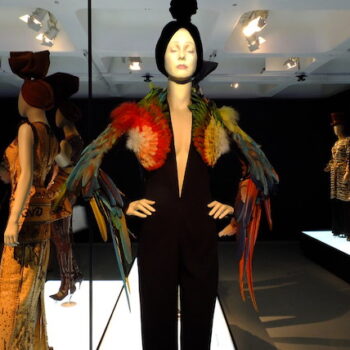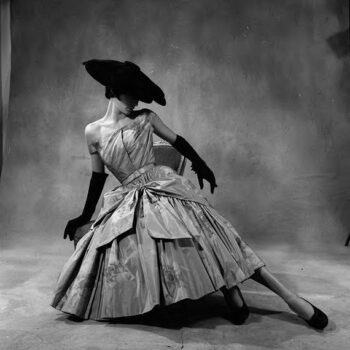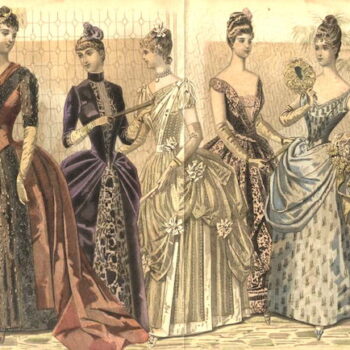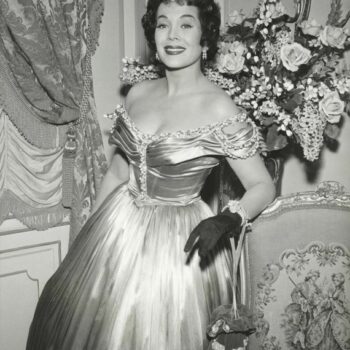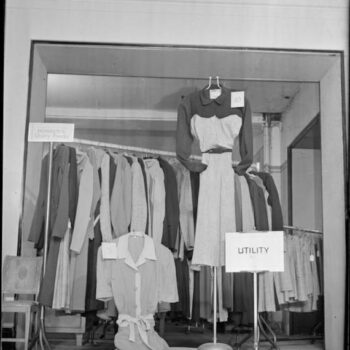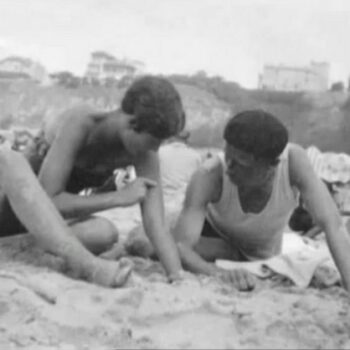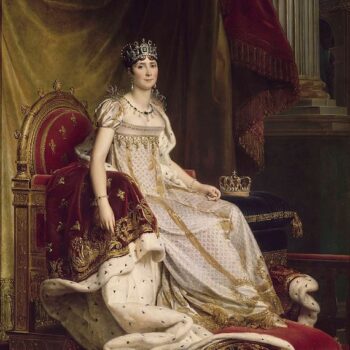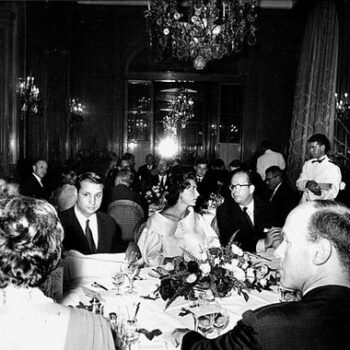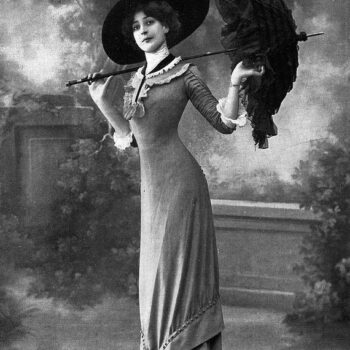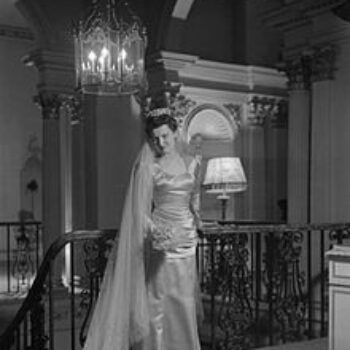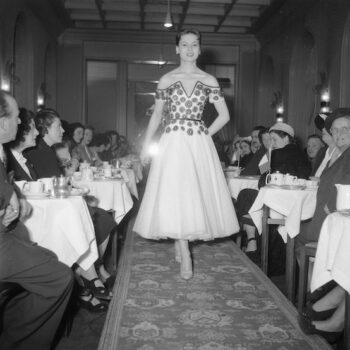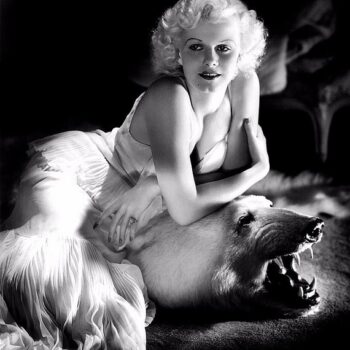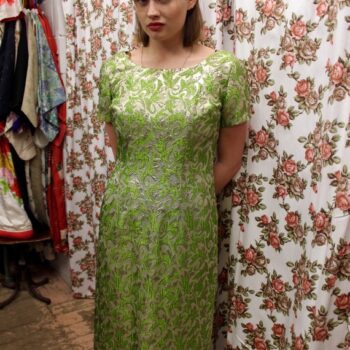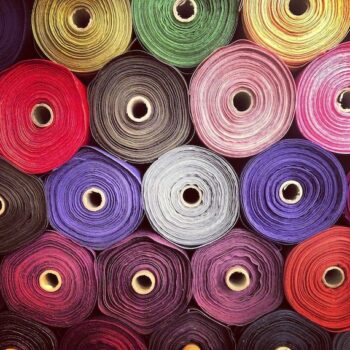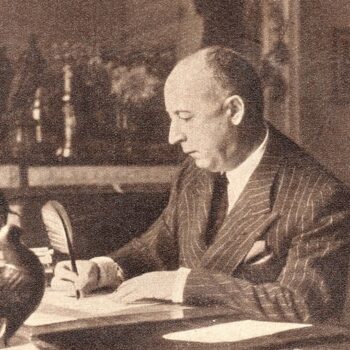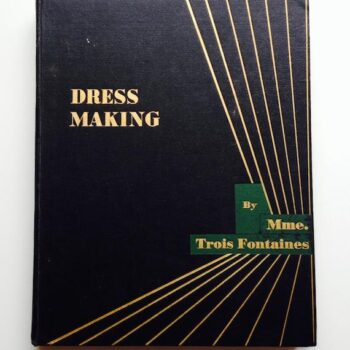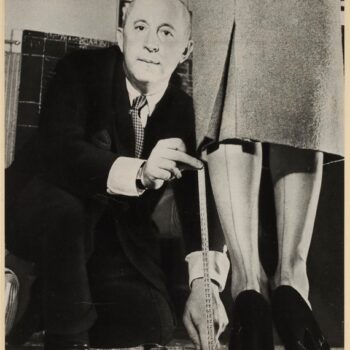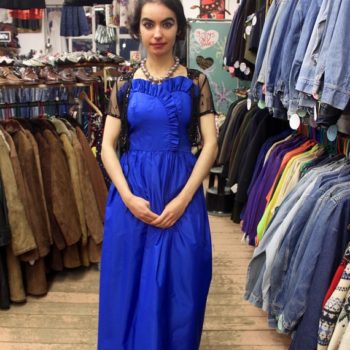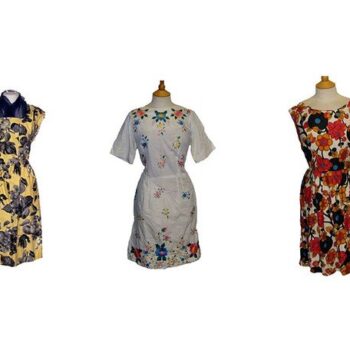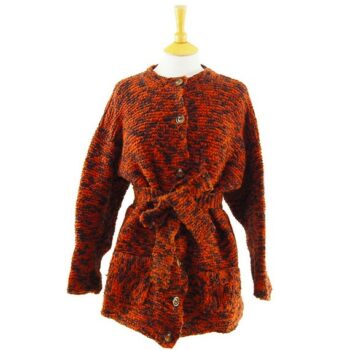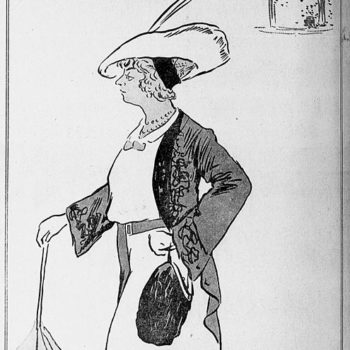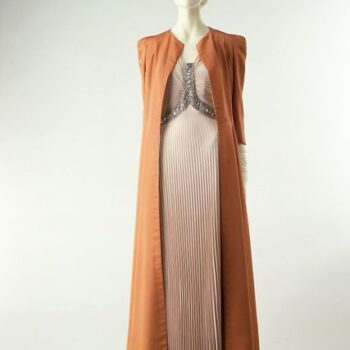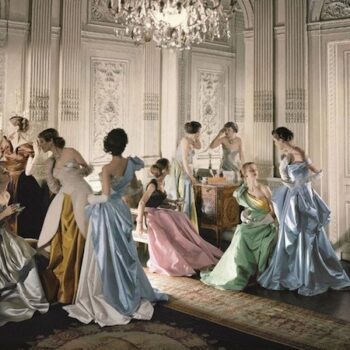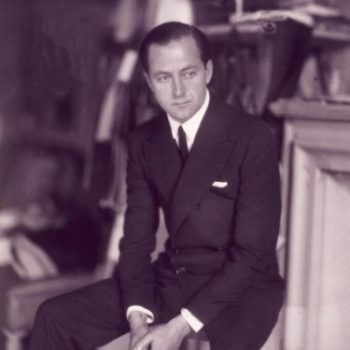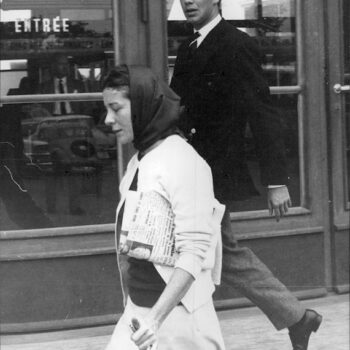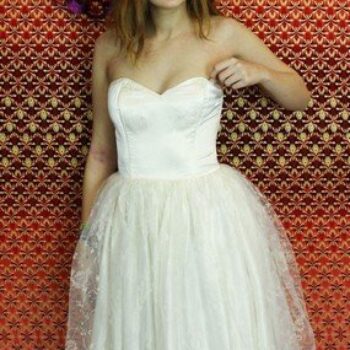1900s haute couture
January 26, 2022In the 1900s haute couture was fully established as the most essential thing a woman of society needed to partake in. Dressing was so all-consuming I have no idea how they managed to do anything else, though I suppose that they had a lady’s maid to put the garments on them so they could devote themselves to thinking about their charity committee, next tennis match, or who was coming to dinner. People of the strata who consumed haute couture dressed for their morning walk, got changed for the afternoon, put on a different outfit for the evening, and then got changed for bed. And that was on a boring day, without a hunt or a ball or something requiring a different set of clothes. There was also all the corsetry, underwear, gloves and hats and parasols to consider too.
Not all of this would have been made by a Paris couturier. Some things, like corsets and accessories would be made by individual specialists. Underwear would have been made by a dress maker. In fact, some households employed a full-time live-in seamstress to make things like underwear, children’s clothes, and other items. But tailored walking outfits, glamorous evening dresses, and grand ballgowns, yes, this is where a woman needed to go to Paris four times a year and choose her spring, summer, autumn and winter wardrobe.
1900s haute couture – Lucile

Lady Lucy Duff-Gordon, the founder of Lucile.
Having said that underwear was not made by top couture houses, one house, Lucile, who was established in 1894, did provide undies. In fact, her whole aesthetic was based on very lingerie-like fabrics – ruffles, lace, silk in pastel colours and it was at its height in 1900s haute couture. Her day clothing was considerably more substantial than the slip-dresses which are still making a comeback from the 1990s, but still, they were delightfully seductive because of this suggestion of the boudoir. Her actual underwear was also frilly and fun.
Lucile’s salon held catwalk presentations of her clothes. Pretty girls would walk around the room while a string quartet played and guests had champagne. You can imagine the dizzying atmosphere – it was great publicity. Despite her name, the founder of Lucille wasn’t French, she was English. Lady Lucy Duff Gordon knew that people looked to English designers for tweed tailoring, and so she added that popular French twist to her brand. Duff-Gordon herself was to survive the Titanic disaster just a couple of years later. Though her husband was implicated in a scandal relating to it, Lady Duff-Gordon’s reputation and her business sailed through.
1900s haute couture – a little aside
It is a lingering myth that Coco Chanel freed women from the corset in the 1920s. In fact, long before this, clothing reformers had tried to popularise women’s clothes with no corsets back in the 1850s-1890s. There was also the artistic clothes movement, which had similar, perhaps melding ideas, immortalised in Dante Gabriel Rossetti’s luminous portraits of Jane Morris in the Pre-Raphaelite style, around the 1870s and 1880s.
However, corsets never really died out. the style of corsetry by the 1900s was the S-bend shape. It gave the wearer a narrow waist, full bottom and sloping full bosom, like the letter S. The effect was added to by a bustle to the rear and lots of ruffles to the front of the blouse or bodice. Separates were really popular around this time, as in a skirt and matching bodice, or a blouse. They were carefully tailored and individually made to measure.
1900s haute couture – Poiret and his Opulent Ideas
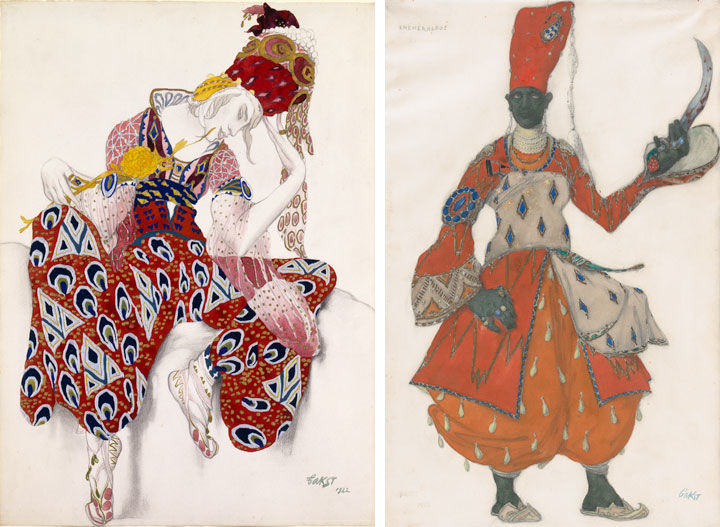
The lovely, wonderful Ballet Russe. Design sketches by Leon Bakst. Images via Met Museum.
Paul Poiret had decided that a different body shape was preferable to the prevailing narrow-waist-big-bosom silhouette in his 1900s haute couture clothes. His outfits were influenced by the Oriental designs that Leon Bakst had created for the Ballet Russes. They required no upper body shaping or support. For a while, high fashion was enamoured of harem-style pants, kimono shaped wraps, and layered dresses. All in shimmering, jewel coloured silks with gold embroidery. This was all quite excitingly different to the pastel, grey, brown or monochrome colour schemes that had preceded them.
Poiret did not know how to design complicated, technically-drafted tailoring for fitted clothes. His garments were also notoriously poorly made, lacking linings and decent craftsmanship. I’m not sure why, because Paris in the 1900s was teeming with skilled seamstresses hungry for work (or just hungry). Anyway, Poiret was just rushing them out and charging top dollar. Perhaps it didn’t matter because how many times can you wear a show stopper like that?
Keeping on the Straight and Narrow
Actually, many times, should have been the answer. People wore the same evening and ball gowns to all their engagements each season. They weren’t disposable because they were so very, very expensive, and made to measure with three or so in-person fittings. Paul Poiret’s muse and model was Denise, his wife. Denise was the ideal shape for his clothes. But dispiritingly, most women did have to wear a corset to fit into them. The “Straight Line” corset suppressed bust, hips, and stomach, but allowed more room for the waist in 1900s haute couture.
The Empire Line Strikes Back
This straight line was also the desired shape for the re-emergence of the Empire line in 1900s haute couture. This was last seen on Empress Josephine a century before. Callot Soeurs, Vionnet and the House of Doucet made dresses that fell smoothly from the uplifted bust, giving a very high waist. Skirts were narrow and ankle length. Models went to the Longchamp races to show them off. There are a lot of wonderful photographs of them mingling with the crowd. The crowd, of course, were in the latest fashions, if just a fraction behind the models. Journalists were breathless over the new silhouettes: “Straighter and straighter … less bust, less hips, and more waist…how slim, how graceful, how elegant…!” exclaimed the Paris correspondent for Vogue.




